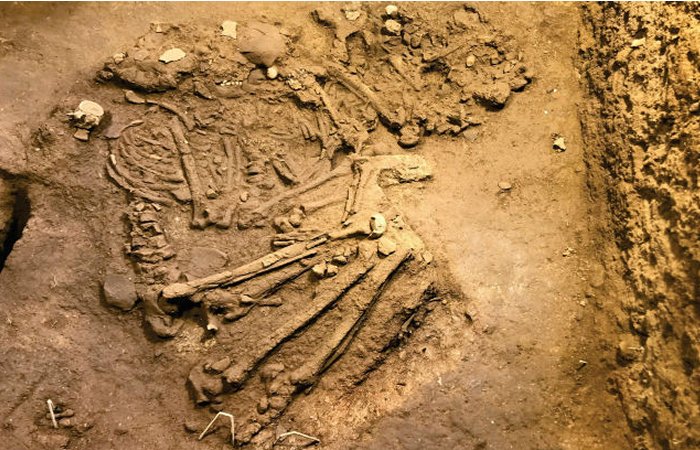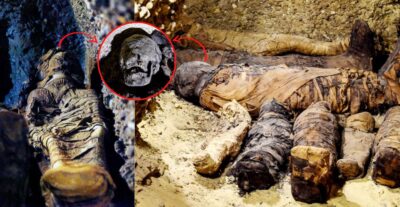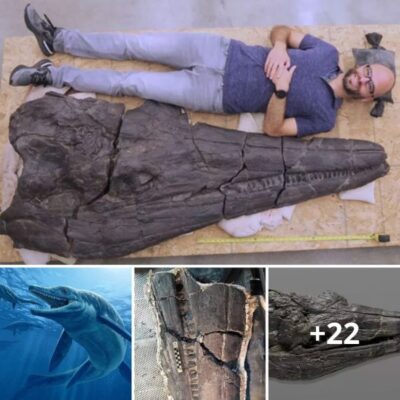Oldest Human Remains Unearthed In Vietman
Scientists report discovering the oldest human fossil ever unearthed in Vietnam.
The skeletal remains that date back 10,000 years were found during an excavation by the Vietnam Institute of Archaeology at the Tam Chuc Pagoda Complex in Kim Bang District.
“This is the first-time human remains dating back 10,000 years have been discovered in Vietnam,” Mai Thanh Chung, director of the Ha Nam Department of Culture, Sports and Tourism, said.

Human remains were found in the Tam Chuc Pagoda Complex in the Kim Bang District of Ha Nam Province.
While examining the site, researchers discovered three graves of children and adults, with the people buried in a kneeling position.
In addition to human remains, scientists also found mollusk shells and teeth bones of small animals in the excavation pit, which could have been food sources for ancient people, the VNExpress informs.
The team from the Institute of Archeology also made two intriguing discoveries at two caves in Kim Bang where they unearthed “prehistoric paleontological vestiges and material culture including animal fossils and reddish-brown rope pottery fragments belonging to the Dong Son culture.
Dong Son was a Bronze Age culture in ancient Vietnam centered in the Red River valley of northern Vietnam from 1000 BC until the first century AD.”

Tam Chuc pagoda – the world’s largest pagoda located in Ha Nam province of Vietnam.
“Renowned for its large, ceremonial bronze drums and viewed by many as the foundational culture for an emerging Vietnamese civilization, bearers of the Dongson Culture were farming societies scattered throughout the Bac Bo region of Vietnam along its main river systems.
These communities were marked by sophisticated bronze-working industries, intensifying agricultural practices, and degrees of social differentiation and political complexity.
They were well positioned for interaction and exchange with others throughout the local area and further afield, connecting Dongson societies with counterparts elsewhere in present-day areas of central Vietnam, southern China, Laos, and Thailand,” Nam C. Kim writes in The Oxford Handbook of Early Southeast Asia.
When scientists explored the Tam Chuc complex, a famous spiritual destination in Vietnam and home to one of the largest pagodas in the world, they came across sea mollusk shells along with stream snails.
At the top of the mountain in the complex were pieces of pottery lying alongside mollusk pieces.

Archaeologists from the Vietnam Institute of Archaeology conducted an excavation in the Tam Chuc Pagoda Complex in the Kim Bang District of Ha Nam Province.
According to the institute, many Kim Bang relics date from the late Pleistocene to the late Holocene age, 10,000-12,000 years ago.
Researchers concluded that the district used to be a favorable area, inhabited by many ancient residents.
Future archaeological excavations can offer more information about people who lived here a long time ago, and there is no doubt that finding the oldest human skeleton in Vietnam is an exciting and significant discovery.











